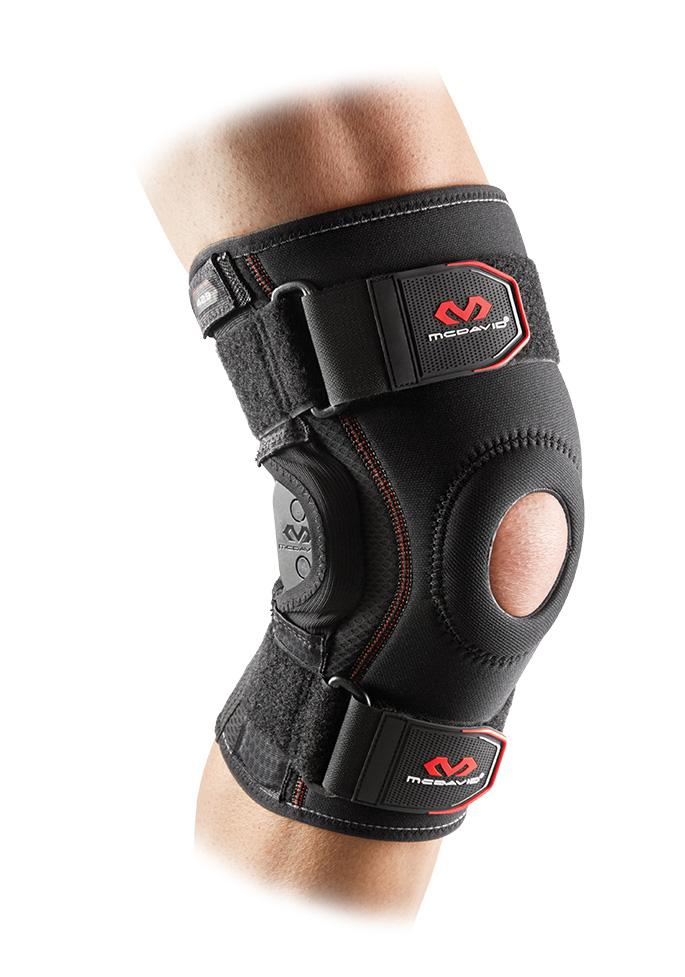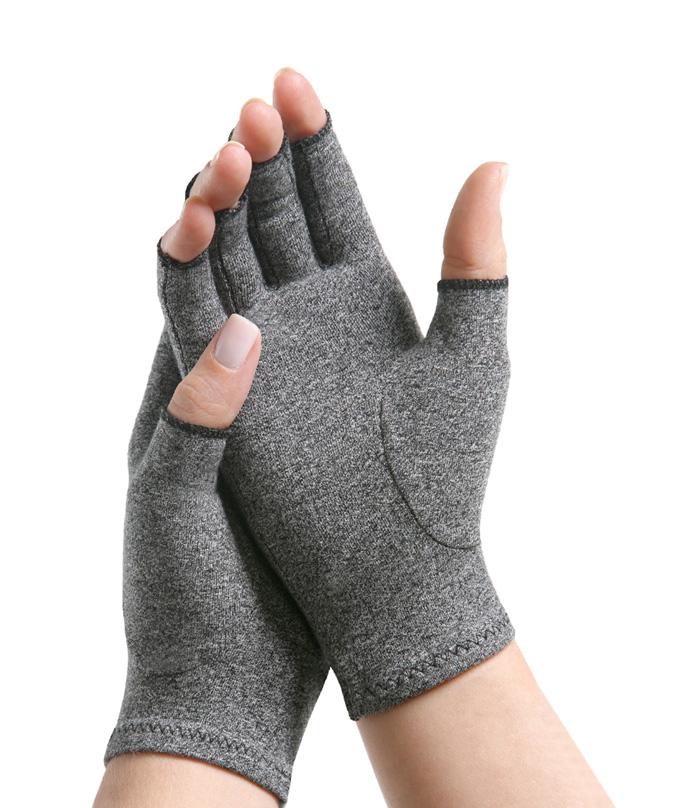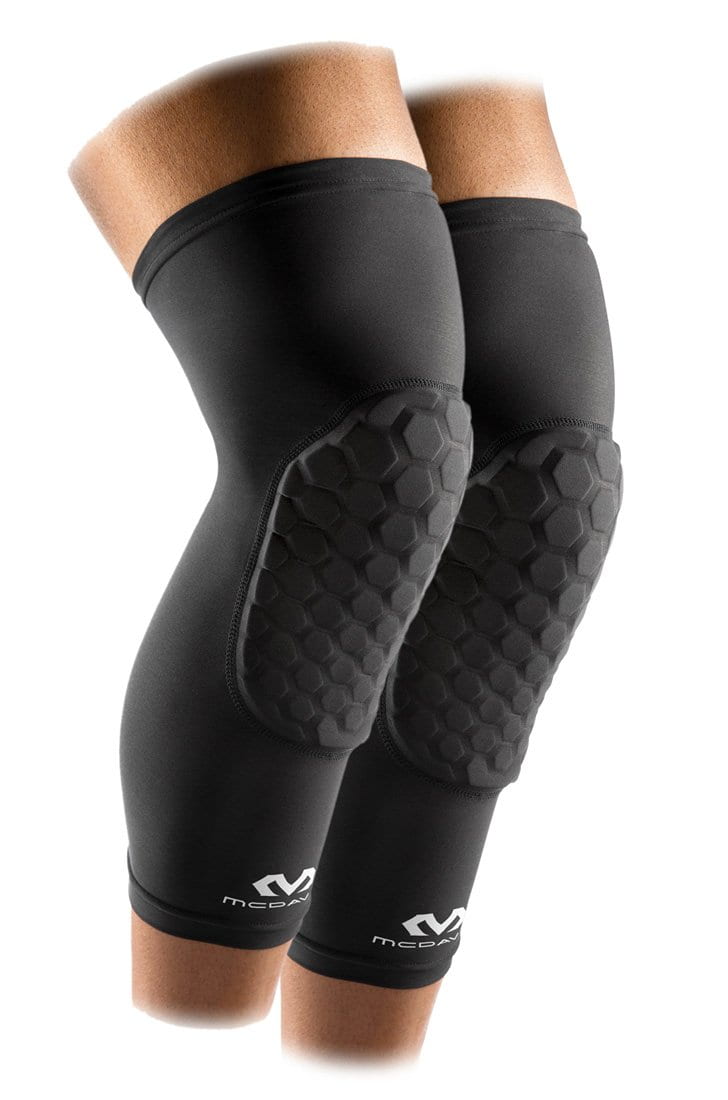What Is Iliotibial Band Syndrome? Symptoms, Causes & Treatment Options
Iliotibial band syndrome is a very common overuse injury to the knee which is most frequent in runners. It usually manifests as a lateral knee pain, often caused by the inflammation of the ligament which runs down the outer region of the thigh, from hip to shin. The ligament in this case is called the iliotibial band or IT band. In some occasions, the ligament inflames at the proximal origin and results in referred hip pain.
The IT band is a thick fascia band, which attached to the knee and helps in its stabilization during movement. In case, the IT band fails to work sufficiently, the movement of the joint becomes painful and this is especially common amongst runners. The pain caused can affect an athlete for weeks or longer.
Symptoms Of IT Band Syndrome
The most obvious symptoms of IT band syndrome are pain and swelling on the outside of the affected knee, which may be confused for knee injury. If you want to self-diagnose yourself, the best thing to do is to angle your knee at 45 degrees and check where the pain originates. If the pain is on the outside of the affected knee, you most likely have IT band syndrome.
Causes Of Iliotibial Band Syndrome
Although it is most common in runners, IT band syndrome occurs from any activity which causes the repeated motion of the leg to turn inward. The most common causes include:
- improper footwear
- wearing worn-out shoes
- running in the same direction too many times
- running for too long or running to far
- running downhill
However, unlike most injuries that occur from overtraining, anyone, from beginner to expert is susceptible. When the IT band comes closer to the knee, it narrows and rubs against the bone (lateral epicondyle), causing friction and inflammation.
Studies show that Iliotibial band syndrome is most common amongst women because of the way women tilt their hips while running or doing other sports activities that cause their knees to turn inward too frequently.
Treatment and Prevention
If you notice symptoms of Iliotibial Band Syndrome, such as pain and swelling, your best bet would be to rest as soon as possible to prevent further injury and discomfort. You can do this by performing less activity (that caused the injury) or not performing the same activity at all. In most cases, resting right away keeps pain at bay in the future.
For those people who tend to take less breaks from running, the problem may become chronic and hurt them in the future.
However, do not let the other joints in your body remain stagnant. You can consider cross training, with swimming, cycling or running. Even a light walk should be fine. In most cases, running is the cause so it’s best to avoid it until symptoms subside.
Make sure you apply an ice pack on the affected region regularly to ensure pain and swelling improves quicker.
Consider adding extra support while you recover with a band support such as the Mueller Max Knee Strap 59857.
If you feel you may be at risk, checking if you are wearing the right footwear and replacing your shoes with new ones if the current pair is worn-out may help. Check if you are using the correct knee support. Make sure you don’t run on concrete surfaces and run on flat surfaces as much as possible.
In case, the problem doesn’t improve within a few weeks, you may need to seek help from a healthcare professional. You can read our article for Quadriceps Strain here.
Image Re-Use
You are allowed to re-use the image with the BodyHeal.com.au logo on your website or any online publication as long as the proper creditation is given to BodyHeal.com.au. You can link back to our homepage, https://www.bodyheal.com.au/ or this article at https://www.bodyheal.com.au/blog/iliotibial-band-syndrome-symptoms-causes-treatment
Images (c) CanStockPhoto.com







Leave a comment